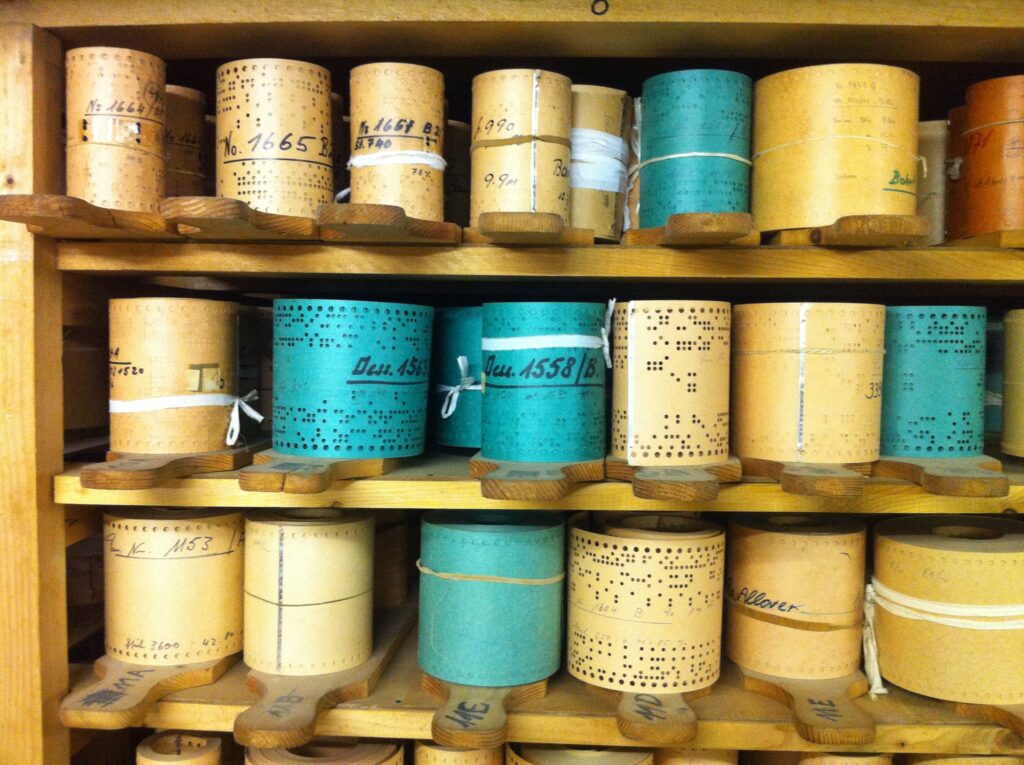
ESP32 logging falls into the same category as the recent post about embedding binary content. It is about how logging on ESP32 is different from logging on ESP8266. Yet, as “logging” is a software topic (mostly) and “ESP32” describes hardware we need to be more precise with terms. Therefore, this post will look into how logging with the Espressif ESP-IDF has improved over plain NONOS SDK. The same goes for Arduino Core for ESP32.
Rest assured the old stuff still works on ESP-IDF. However, this post hopefully manages to convince you to improve your code by using the new features.
Continue reading ESP32 Logging

